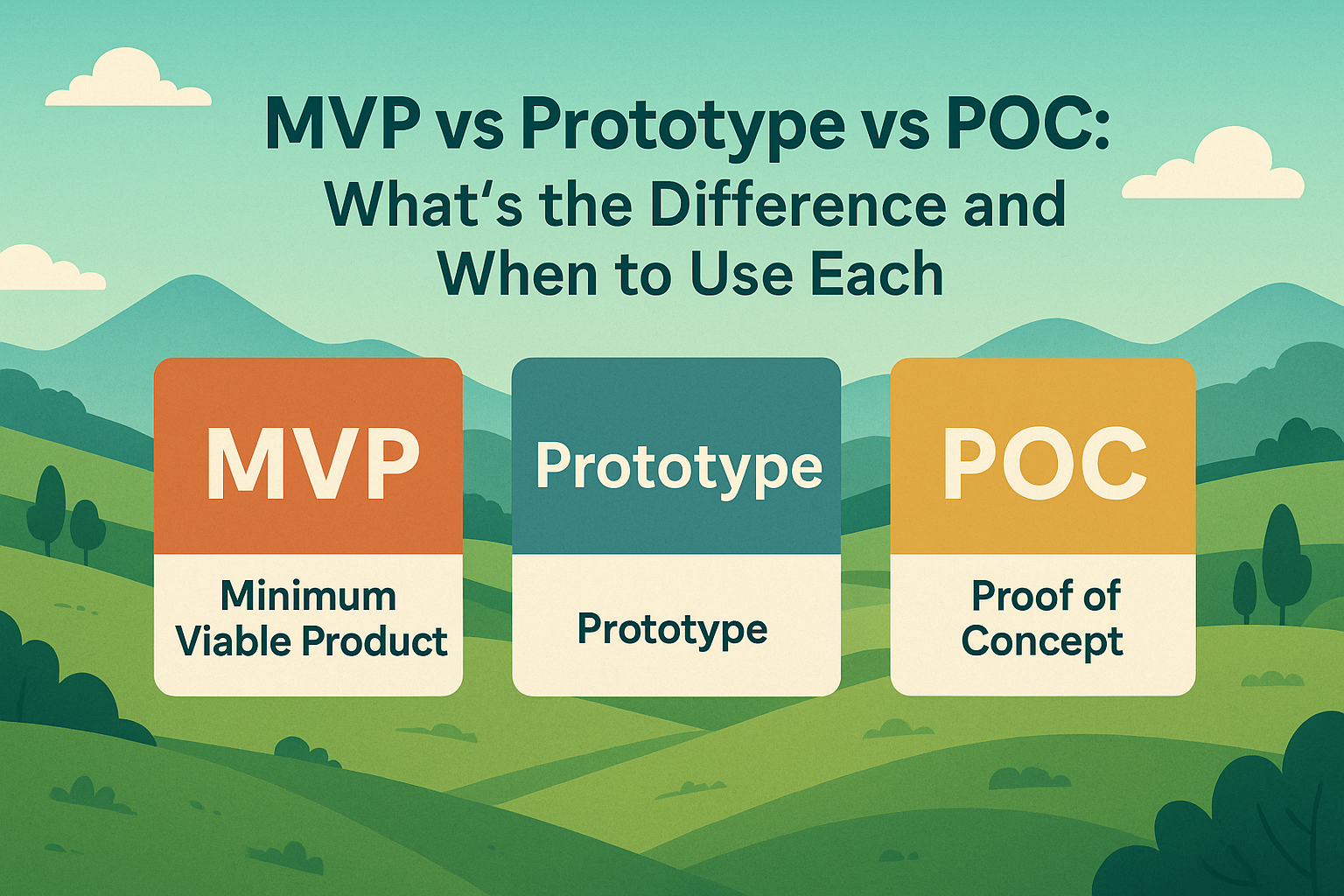
Bringing a new product idea to life can feel overwhelming especially when you’re unsure how to validate your concept before going all-in on development. That’s where the terms POC (Proof of Concept), Prototype, and MVP (Minimum Viable Product) come into play. Each one serves a different purpose, helping you reduce risk, save time, and make sure you’re building something that people actually want.
But here’s the thing they often get mixed up or used interchangeably. In this guide, we’ll break down what POC, Prototype, and MVP really mean, when to use them, and how they fit into your product journey. Whether you're leading a startup, managing a product, or working on the tech side, knowing these differences can help you make smarter choices from day one.
What Is a Proof of Concept (POC)?
A Proof of Concept (POC) is essentially a small test or mini-project created to answer one simple question: Can this idea or technology actually work? It’s not about building anything customer-facing. Instead, the goal is to prove that the technical idea behind your product is possible.
When and Why to Use a POC
You should use a POC when:
You’re unsure if a particular technology or integration will work.
You’re exploring a novel or experimental solution.
Investors or stakeholders require technical validation before committing funds.
You need to test assumptions quickly and cheaply.
What Is a Prototype?
A Prototype is like a rough draft of your product it shows what it might look like and how it could work, but it’s not fully functional. Prototypes are usually visual or clickable mockups that help test the design, layout, and flow of your idea. They often don’t have any back-end functionality.
Key Benefits of Prototyping
Allows early user feedback on design and user experience.
Helps align the team on the product’s direction.
Reduces the cost of design mistakes later.
Useful in stakeholder presentations to convey the vision clearly.
What Is a Minimum Viable Product (MVP)?
An MVP is the most basic version of a product that delivers core functionality to early users. It’s functional, usable, and designed to collect feedback for future iterations. Unlike a POC or prototype, an MVP is launched to real users. When building an MVP in web development, the goal is to release just enough features to address a core problem and observe real user behavior.
The main objective is to test whether your product solves a real problem for your target audience. You’re not building the full product yet—you’re launching the bare essentials to see how users interact with it and what features they truly need.
Benefits of Building an MVP
Reduces time-to-market.
Validates demand before scaling.
Allows quick iterations based on real-world feedback.
Helps secure funding or stakeholder buy-in.
Key Differences Between MVP, Prototype, and POC
While these three approaches may seem similar, they serve very different purposes in the product development process.
A Proof of Concept is all about answering the question: Can this be built? It's usually internal and technical, meant to validate feasibility and reduce technical risk. There's little to no design involved, and it's typically not shown to end-users.
A Prototype answers the question: How will this look and feel? It’s a visual or interactive draft used to test design decisions, UI/UX flow, and gather stakeholder or user feedback. It’s not functional but helps in shaping the user experience.
An MVP answers the question: Do users actually want this? It’s the first working version of your product that users can interact with. The MVP includes enough core functionality to provide value and collect feedback for future improvements.
When to Use POC, Prototype, or MVP
Knowing when to use each approach makes all the difference in how efficiently you bring your product to life:
Start with a POC when you’re unsure if the tech part of your idea is even possible. This is essential if you’re dealing with new tech, complicated integrations, or backend challenges.
Move to a Prototype once you know your idea is technically feasible. Now it’s time to figure out how users will experience your product. A prototype helps you fine-tune the design, test flows, and get alignment from your team or stakeholders.
Build an MVP only when you’ve nailed both the feasibility and the user experience. This is your chance to take your product to real users, gather insights, and keep improving.
Conclusion
Creating a new product is full of uncertainty but using the right approach at the right time helps you clear those roadblocks before they become costly mistakes.
A POC gives you confidence that your idea is technically doable. A Prototype lets you refine the design and user experience before writing a single line of production code. And an MVP puts your product in front of real users so you can learn, adapt, and grow.
Each step POC, Prototype, and MVP builds on the one before it. Together, they help you go from “just an idea” to a tested, usable product in a smart, cost-effective way.
Instead of guessing what users might want, these tools let you learn from real-world feedback and make better decisions as you go. That’s how strong, successful products get built.

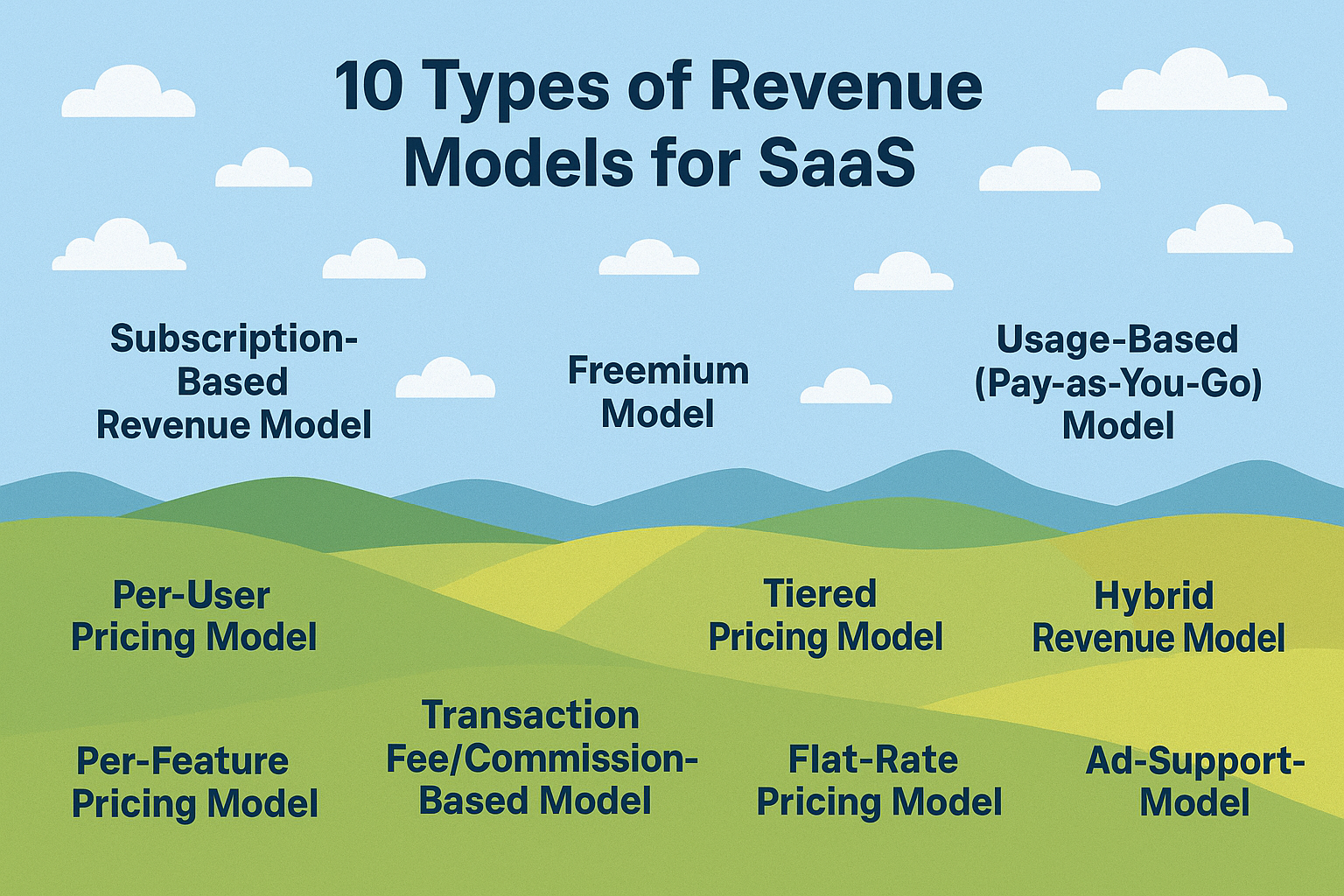
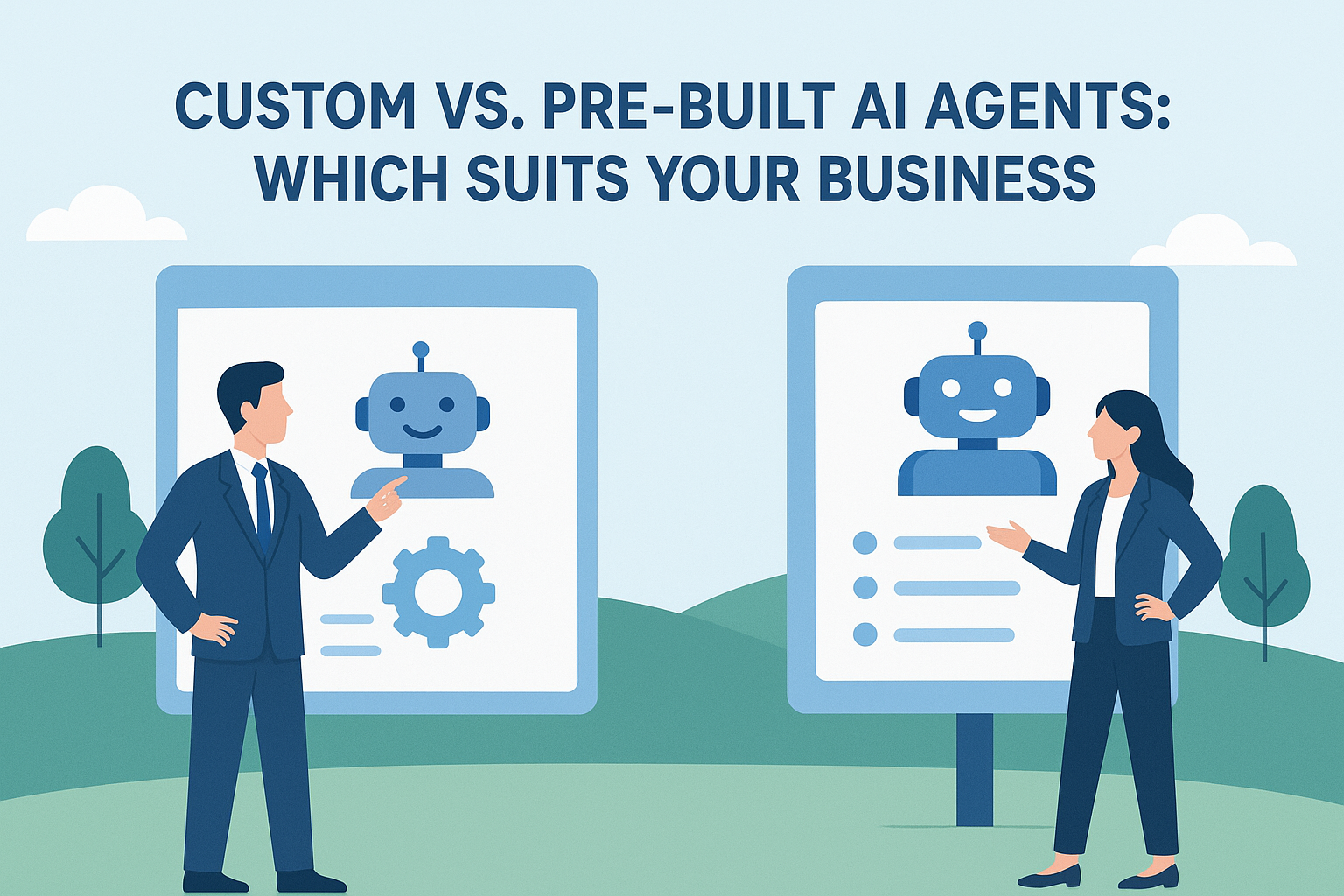
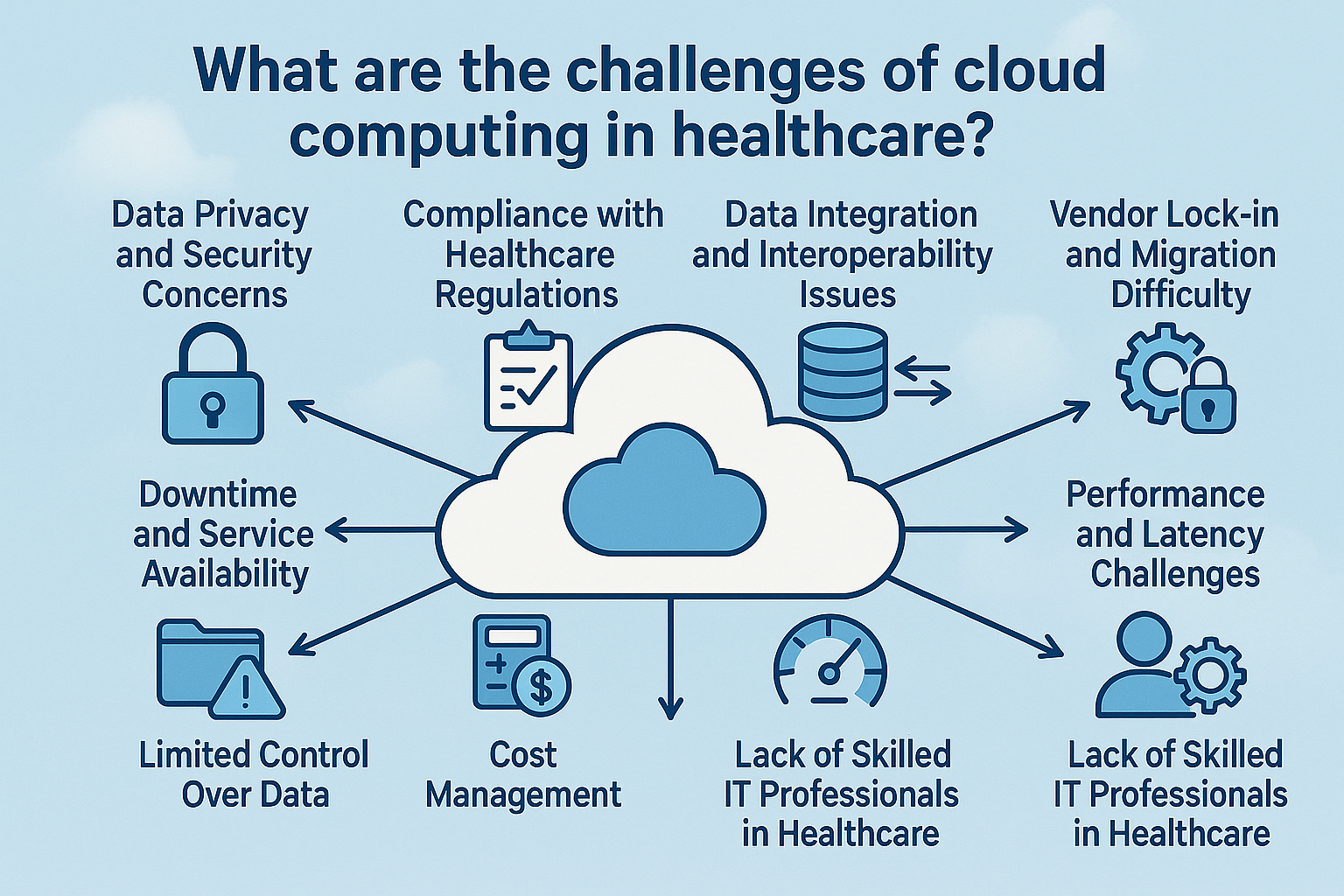
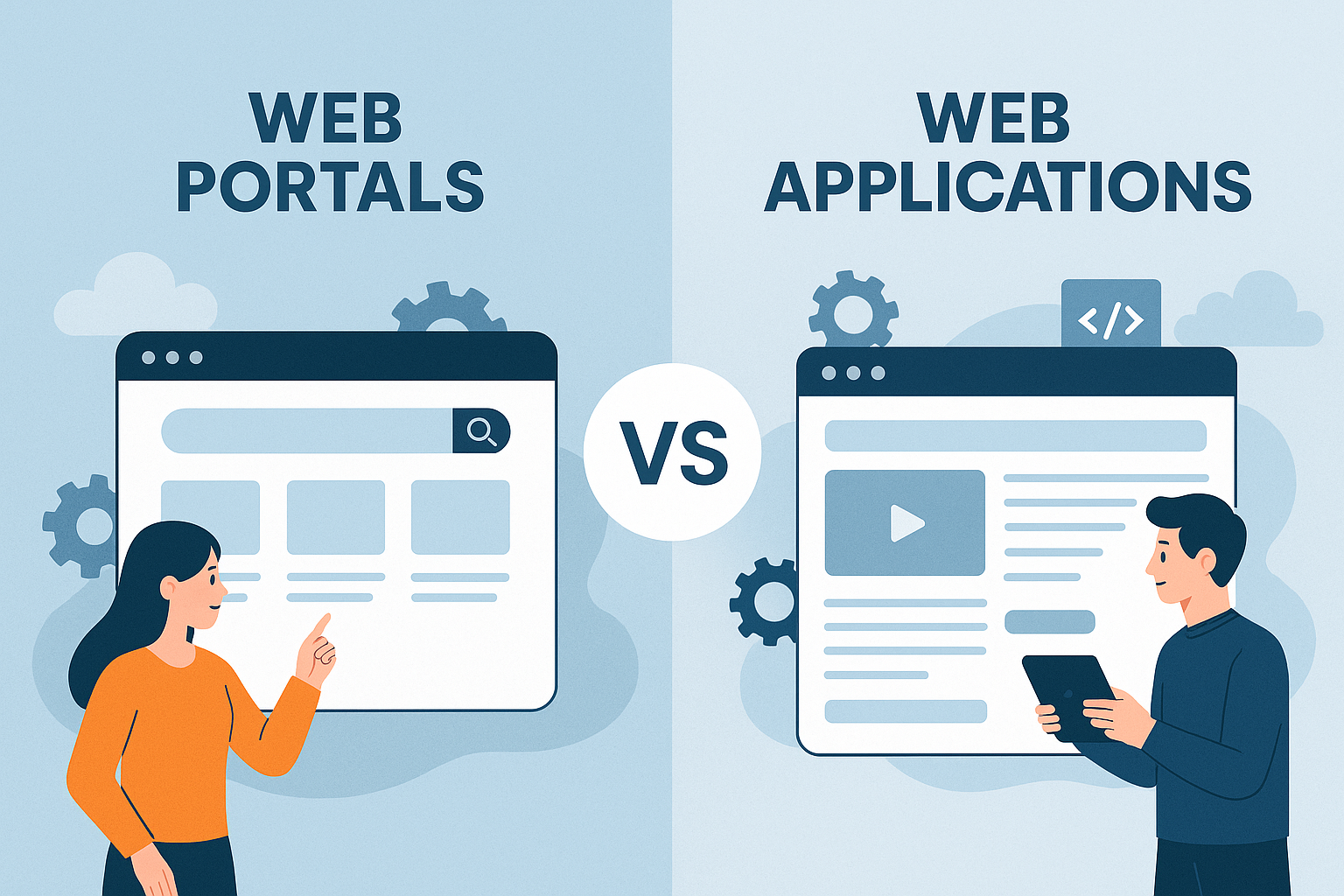


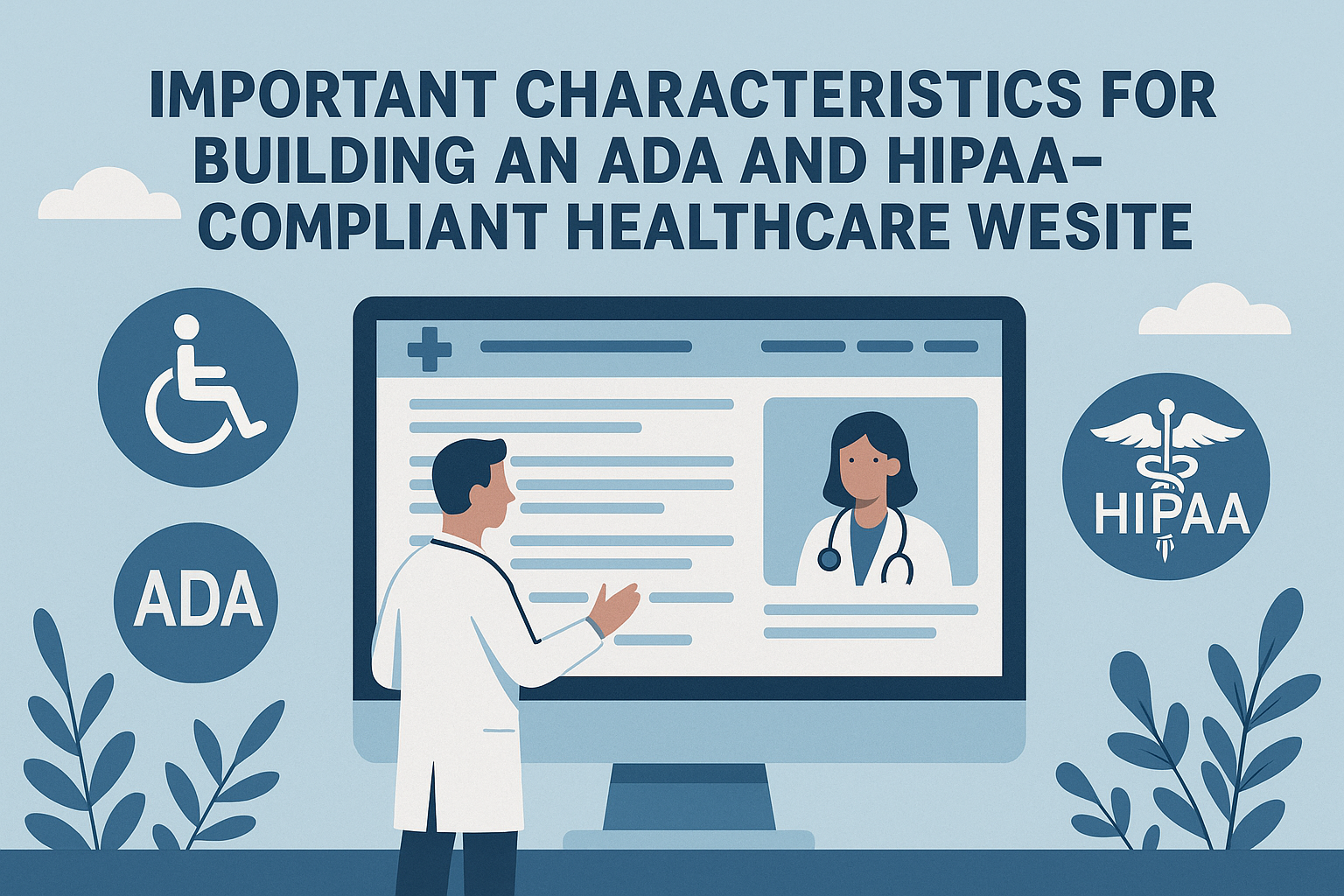

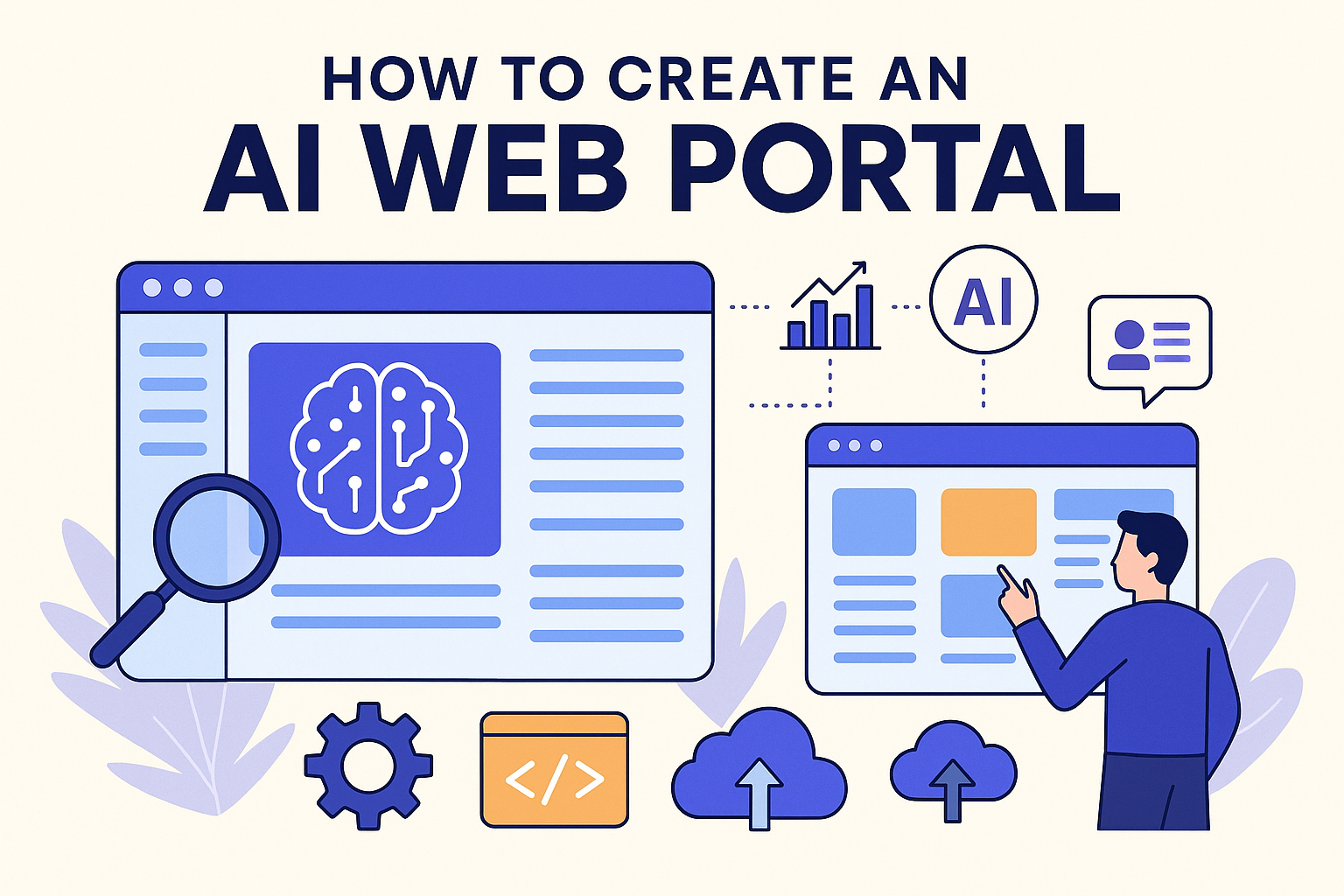
Write a comment ...